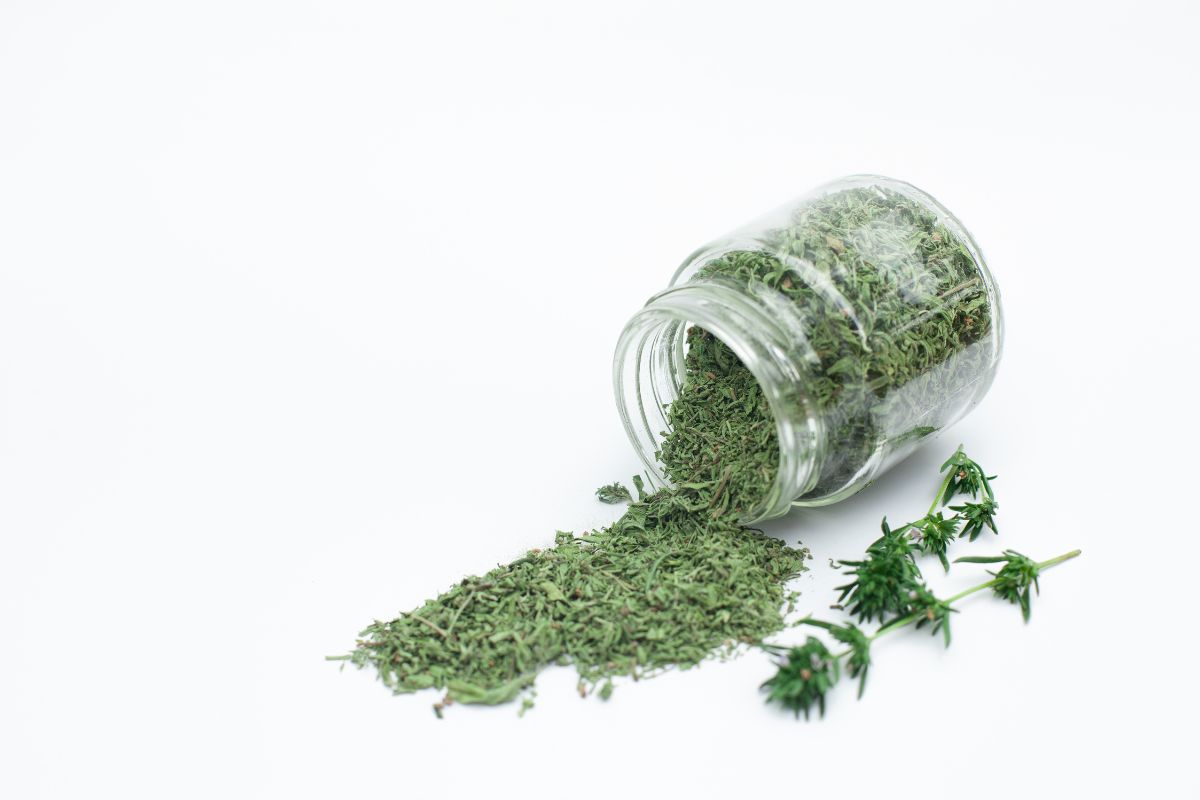Dried savory is a green-leafed culinary herb from the mint family with a sweet, piney, earthy, peppery flavor with hints of marjoram, thyme, oregano, and mint. The spice is a staple in French and Italian cuisines to season meats and bean dishes such as Peruvian black beans soup.
Table of Contents
What is dried savory?

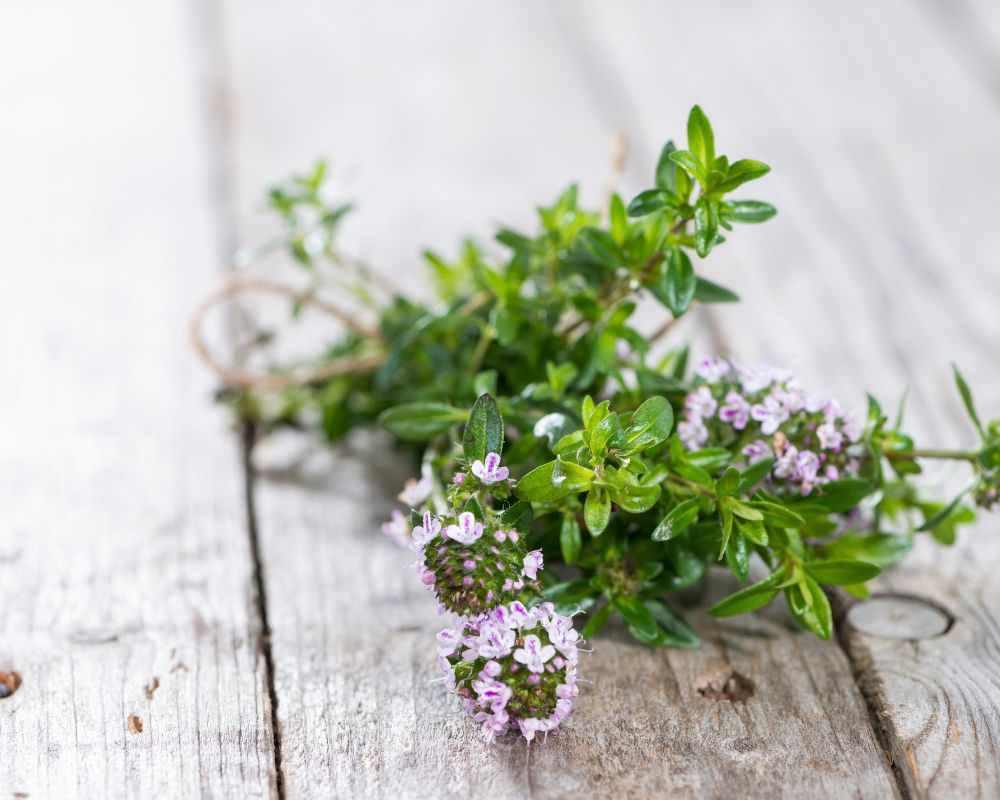
Dried savory is the dehydrated form of savory leaves obtained from savory plants. An aromatic member of the mint family, savory is mainly available in two varieties — summer and winter.
Recipes that call for savory usually require summer savory, the more common of the two culinary savory varieties.
Savory also goes by other names such as savory spice, seasoning, and herb.
| Origin | Native to the Mediterranean region |
| Appearance | Available in two forms — as crushed whole leaves or savory powder made from dried ground savory leaves |
| Flavor profile | The spice is sweet, earthy, piney, and peppery, with hints of marjoram, oregano, mint, and thyme |
Origin
Both summer and winter savory are native to the Mediterranean region. They have been in use for over 2,000 years in cooking and medicinal purposes, long before the coming of black pepper.
Ancient Romans called savory the herb of love and believed it had aphrodisiac properties. Since World War 2, some Germans have used the herb as a substitute for pepper. The herb is also a viable salt substitute in some cuisines.
Today, savory is a versatile spice in Mediterranean, French, and Italian cuisines, where it mainly seasons meat dishes and beans. Dried savory is a crucial ingredient in herbes de Provence, a seasoning blend for vegetable stews, sauces, and roasted and grilled meats.
The spice is ideal in marinades, dry rubs, sauces, stews, soups, and salad dressings.
Appearance
Dried savory has a rough texture. The spice is made with fresh savory leaves dried and crushed to preserve them for long-term usage.
Dried savory is available in two forms — as crushed whole leaves or savory powder made from dried ground savory leaves.
Flavor profile
Like other herbs in the mint family, savory has a complex flavor profile. The spice is sweet, earthy, piney, and peppery, with hints of marjoram, oregano, mint, and thyme.
Savory spice adds a minty, peppery flavor to meat dishes such as chicken, lamb, pork, duck, goose, turkey, and beef. It also renders this flavor to rice dishes, lentils, cabbage dishes such as sauerkraut, and bean dishes like Peruvian black bean soup.
Nutritional Benefits of dried savory
The rosmarinic acid in summer savory has antioxidant, immunostimulating, and anti-inflammatory effects. It may also have anti-cancer and pain-relieving properties.
The savory spice contains vitamins A, B, C, thiamin, and niacin. Vitamin C is essential in boosting the immune system.
Savory spice is also a great source of minerals, including iron, calcium, manganese, potassium, selenium, magnesium, and zinc.
The thymol in the savory herb is an essential oil with proven antifungal and antiseptic properties.
The dietary fiber in savory may help reduce bad cholesterol while increasing good cholesterol levels.
Savory may also help with digestive issues such as diarrhea, indigestion, and colic.
What is the difference between dried savory and fresh savory?
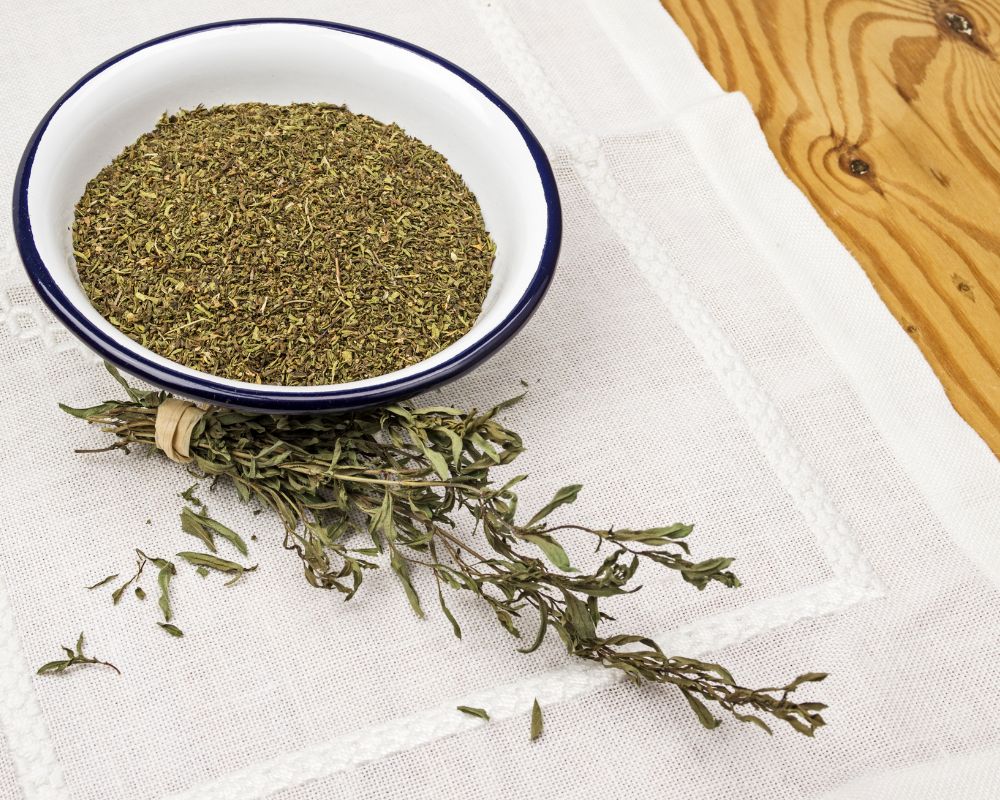
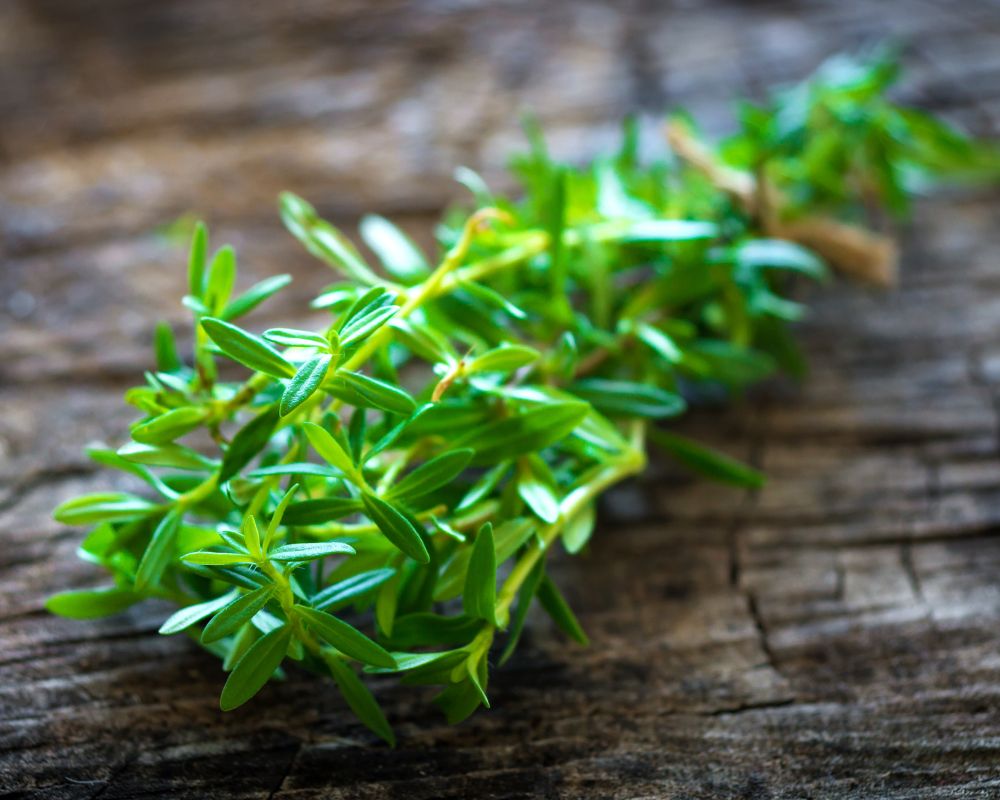
| Fresh savory | Soft leaves, similar flavor |
| Dried savory | Rough texture, a bit more concentrated flavor profile |
Fresh and dry savory have the same flavor profile, only that the dried version has a more concentrated taste because dehydration considerably reduces the amount of water in the spice.
While fresh savory leaves are soft, dried savory leaves have a rough texture akin to crushed dried herbs.
dried Winter vs. summer savory: comparison
| Summer savory | An annual plant, thrives during summer, also originated in the Mediterranean, has a peppery taste |
| Winter savory | Thrives in winter and is a perennial plant native to the Mediterranean, Africa, and Southern Europe, has a stronger flavor with lesser sweetness, slight bitterness, earthiness, spiciness, and hints of sage |
Winter savory (Satureja montana) is the second most common type after summer savory (Satureja hortensis). It’s also called “mountain savory” because of its ability to grow in rocky areas.
Unlike its annual, summer-thriving counterpart, winter savory thrives in winter and is a perennial plant native to the Mediterranean, Africa, and Southern Europe. Its green leaves are darker than those of summer savory.
These spices have a similar flavor profile, but winter savory has a stronger flavor with lesser sweetness, slight bitterness, earthiness, spiciness, and hints of sage.
Both dried summer savory and winter savory are preferably added toward the end of cooking to add a minty, peppery flavor to dishes. However, winter savory is better for short-cooking dishes as its flavor is more delicate, while summer savory withstands prolonged heat.
What is the best substitute for savory?
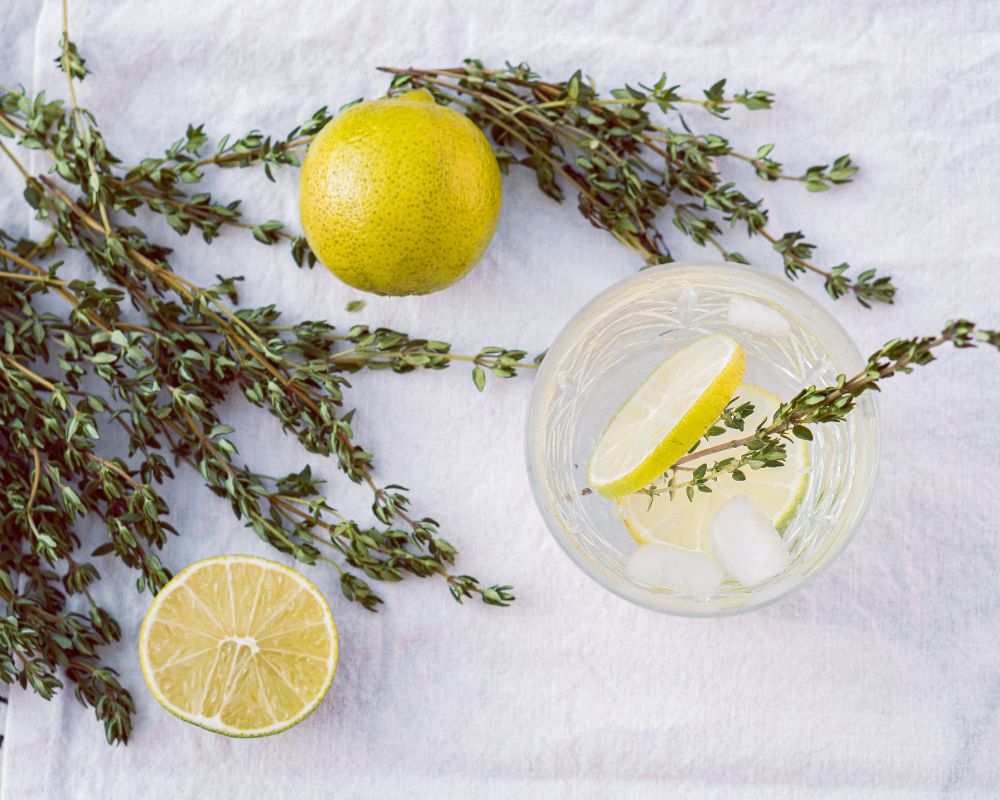
Thyme is the best savory substitute capable of replicating the minty flavor. It is woodsy, slightly minty, earthy, grassy, and slightly lemony, with hints of rosemary.
Substitute dried savory with dried thyme in a 1:1 ratio in soups, roasted bell peppers, vegetables, marinades, stews, salads, and grilled meats.

